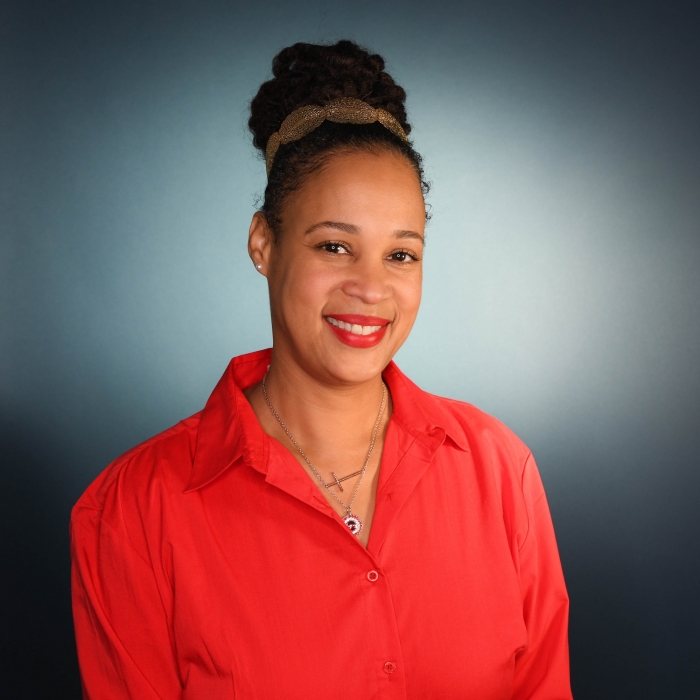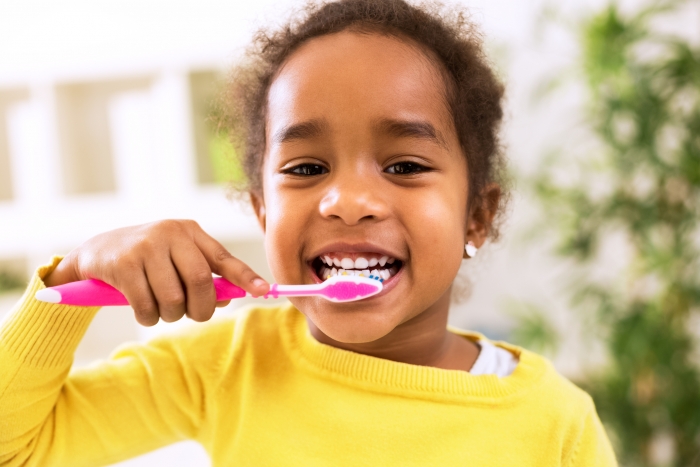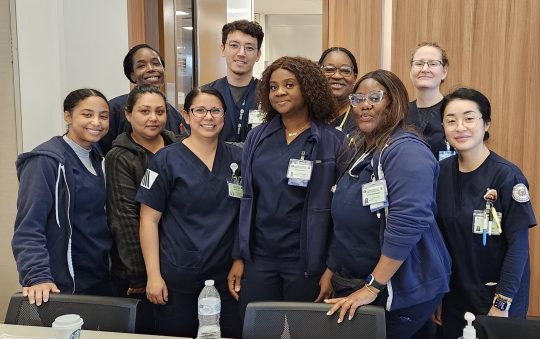
Her daughter used to get bad migraines at a young age.
Erika Gist, Senior Health Educator at the Los Angeles County Department of Public Health, couldn’t figure out why her daughter was in pain. When she took her to the doctor, the only conclusion they found was nothing — she was healthy.
Gist then took her to the dentist where they discovered cavities. Once they were addressed and filled, the pain subsided. Through personal experience, Gist saw how impactful the teeth are to our overall health, especially for children.
“If we begin to put oral health on that forefront, we can address some of the issues that we might not even connect,” Gist said. “I initially would not have connected the headaches to my daughter’s oral health, but when it was addressed, then the headaches started to disappear.”
According to the Los Angeles County Department of Public Health’s 2020 Smile Survey, almost half of children have experienced tooth decay. Health experts are pushing to educate parents on the importance of taking care of their children’s oral health from the second they are born to prevent tooth decay and further health issues.
Although the rate of tooth decay in children has gone down by 17 percentage points since the survey’s last iteration in 2005, disparities across socioeconomic and racial lines persist.

The same study found that 63% of Latinx students, 50% of Black students and 48% of Asian students in kindergarten and third grade experienced tooth decay compared to only 32% of White students in L.A. County. The same trend translates to the percentage of students who have untreated tooth decay. Twenty-three percent of Black students, 21% of Latinx students and 20% of Asian students had untreated tooth decay compared to 14% of White students.
“At least at the L.A. county level, what we saw from 2020 is that children of color are definitely still experiencing inequities when it comes to their oral health, specifically Latinx and Black children,” Gabriella Barbosa, the managing director of Policy at The Children’s Partnership said.
The Children’s Partnership is a California-based children’s advocacy organization dedicated to improving the lives of underserved children, including through dental care and healthcare. Barbosa said that the organization noticed that there was a stark finding that tooth decay was not only most prevalent across racial lines, but also amongst lower income families. To address the issue, part of the organization’s work is bringing care to the children, especially in cases like dental care where it may be difficult to find.
“That means not putting the full responsibility on children and their families to seek out care, particularly if they live in neighborhoods where care might not be accessible or it might not be close to their houses and their neighborhoods,” she said.
One option for low-income families is to receive dental care through Medi-Cal. Barbosa said even with Medi-Cal coverage making access to care affordable, it can be difficult to find dental providers who accept it. Black children enrolled in Medi-Cal had the lowest rate of receiving dental care in 2020, according to data from the California Department of Health Care Services.
Barbosa said The Children’s Partnership aims to fill in the gaps when it becomes difficult for families to find care. Some examples of bringing care to the community is by bringing dental care to community spaces and learning centers. In one example, they piloted a mobile dental health center through a bus that visited schools in the Inland Empire to provide care while children were at school, making it more accessible to students.

Beyond making dental care accessible, Dr. Maritza Cabezas, dental director of the Oral Health Program at Los Angeles County Department of Public Health, said parents also need to be educated on how to take care of their children’s teeth at a young age.
“Part of the reason for these extremely high rates of tooth decay is that parents sometimes don’t understand the importance of prevention of dental disease at early age,” she said. “There is this misconception that having dental decay in young children is not important because baby teeth will fall out anyway.”
This is not the case. Dr. Cabezas said that a predictor for cavities in adults is heavy decay in baby teeth. The health of their teeth at a young age can determine their future oral health. Practices to maintain the health of children’s dental health include:
● Maintaining good dental hygiene during pregnancy
● Cleaning baby’s gums with a washcloth after feeding to clean up bacteria left from milk.
● Visiting the dentist every six months after the baby’s first tooth appears.
● Reducing sugary drinks.
● Brushing twice a day with a soft toothbrush once teeth begin to come in.
● Floss at least once a day.
Dr. Cabezas said it is better to do the small everyday things to limit the possibility of larger health problems in the future.
“If you’re taking good care of your car, changing its oil and doing frequent tune ups, you will avoid something breaking up in the future that’ll be a lot more expensive to fix,” she said. “And people need to understand the same idea applies to your child’s teeth.”
It can also be a collaborative effort. Gist said she involves her children in small decisions regarding their health as they get older so that they can find interest in it. For example, letting them figure out which toothpaste they like best and letting them make that decision.
“I’m trying to make it more fun for them and get them more involved in brushing their teeth,” Gist said.
Poor dental hygiene can also lead to issues in a child’s adulthood if left ignored. Dr. Cabezas said these complications include poor nutrition, heart disease, diabetes and pregnancy complications. It can even lead to troubles in school. Barbosa said that cavities can present issues inside the classroom as it can affect attendance and make it difficult for students to focus.
For Dr. Brent Tucker, dental care is not something that should be ignored until issues occur.
“I think that it’s [rate of decay in children] completely related to either access of care or knowing that the child needs preventive care,” he said. “I think as adults, we get so into only going if there was a problem.”
He highlighted that even outside of dental care, people tend to only seek care when there are issues and less often for preventative care or check-ups. He said it is important to go to the dentist for a cleaning the same way that someone would take their child to the pediatrician for a check -up or vaccinations.
Even if a parent is late to the game in understanding all the practices important to their children’s dental health, it is not the end. Gist shared that there is a common misconception that teeth are meant to fall out and we are destined to adorn dentures at an old age. However, that isn’t always the case.
“One thing about oral is that for the most part it is reversible,” she said. “If you have inflammation of the gums, you could definitely work on getting your gums healthy. It definitely could be worked in which you can have your teeth for a very long time.”
Throughout the pandemic, Gist was able to monitor her children’s brushing habits all day because they were all under quarantine. She’d notice when someone brushed and didn’t brush for a full two minutes. She even encouraged her children to brush after lunch since they had the opportunity to considering they were still at home. She said it was important to her that her children embrace these habits so that it is something that continues into their adulthood.
Dr. Tucker sees misinformation of dental health daily in his office and is more than willing to help guide parents and children through common practices that’ll help get their dental health on track. He said even the smallest changes can make a big difference to hopefully make each checkup a breeze for both him and his patients.
“We’re one of the only professions that are actively trying to put ourselves out of business,” Dr. Tucker said. “Nothing would make me happier than if I had a full day and literally every patient I saw had no cavities.”








